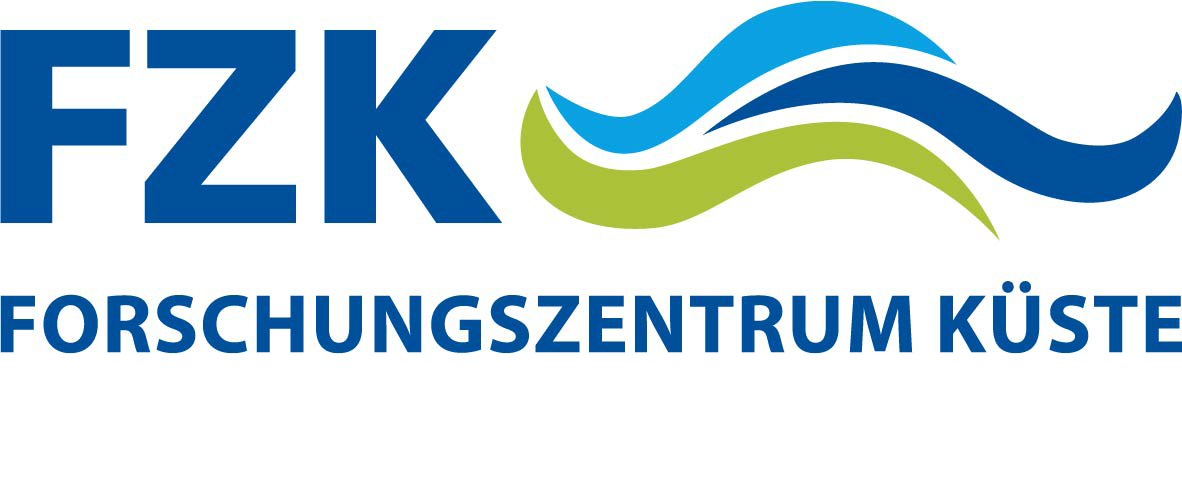Long wave dynamics and statistics of the shoreline motion: influence of the asymmetry and nonlinearity of incoming waves
| Leitung: | Dr. Ira Didenkulova |
| Jahr: | 2013 |
| Förderung: | HYDRALAB IV - Transnational Access |
| Weitere Informationen | wavelab.ioc.ee/people/ira-didenkulova |
| Bemerkungen: | 4 Wochen |
Most of the dangerous waves attain unusually large amplitudes during shoaling and runup. For instance, waves during recent tsunami events (Indian Ocean 2004 tsunami and Japanese 2011 tsunami) reached local heights of up to 40-50 m. Freak (sneaker) waves reaching as high as 10 m also washed many people off seawalls and breakwaters.
Shoaling and runup of long waves on a beach form a classical task for coastal oceanography and engineering. Although many numerical models have been developed for this purpose (see, for instance, “Long-wave runup models”, 1996; “Advanced numerical models for simulating tsunami waves and runup”, 2008), all of them use the input wave disturbances of finite length (solitary waves). At the same time one of the major bottlenecks is the uncertainty of incident sea wave properties owing to difficulties of detailed observation of properties of long waves far from the shore. Observations and tide-gauge records show that even in the case of tsunami event the incoming tsunami wave can have various shapes: single pulse, bore (developed or undular), regular or even irregular wave train (after a long time of wave propagation in the basin of complex bathymetry). That is why the runup of each specific wave type is studied in detail analytically, numerically and experimentally.
It has been shown analytically that the asymmetric wave with a steep front (nonlinear deformed wave) penetrates a much longer distance inland and with greater velocity than the symmetric one (Didenkulova et al. 2007). It has also been shown that the nonlinear effects change the statistical characteristics of runup height leading to the increase in the probability of flooding (Didenkulova et al. 2011).
It is evident that theoretical results, which are obtained under many assumptions (ideal fluid, no wave breaking, no interaction with air flow), should be validated in the laboratory experiment.
The proposed study is aimed to study experimentally the role of the asymmetry and nonlinearity of long regular and irregular waves approaching the coast and its influence on the dynamics and statistics of the shoreline motion (wave runup).
In addition to verification of purely inviscid models, we will study dependence of the runup on the bed roughness and to record velocity statistics in the near-bed boundary layer in the view to shore erosion applications.






